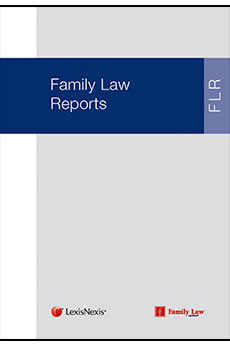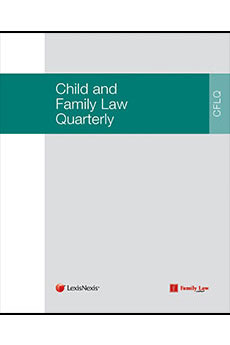- News & Comment
-
Online Shop
Online Services
Looseleafs
Law Reports
Books and eBooks
-
CPD & Events
Webinars
Events
- Authors
- About Family Law
- Contact


Keywords: Civil partnerships – marriage – cohabitation - Steinfeld and Keidan
The full version of this article will appear in Child and Family Law Quarterly, Vol 31, No 4.
Find out more or request a free 1-week trial of Child and Family Law Quarterly. Please quote: 100482.
The Civil Partnerships, Marriages and Deaths (Registration etc) Act 2019 places the Secretary of State under an obligation to reform the currently same-sex only Civil Partnership Act 2004 so as to enable access by different-sex couples. It was introduced in the wake of multiple Private Members Bills, public petitions and a recent Supreme Court decision in Steinfeld and Keidan. A key element underpinning this campaign for reform is the assertion that opening such status to different-sex couples will offer beneficial legal protections to cohabitants. Clearly motivated by the exponential rise in cohabitation, this prominent narrative in the parliamentary debates, government reports and media coverage has positioned civil partnerships as a solution to the absence of comprehensive statutory cohabitation reform, which is widely viewed as a pressing issue yet one that to date no political party has tackled. This article interrogates the assumptions underpinning this narrative and reveals that conceptualising civil partnerships as a means of giving more comprehensive legal protections to cohabitants is not a recent phenomenon in England and Wales. However, through tracing the depiction of cohabitation to the present day, this article argues that caution should be exercised in terms of precisely how far civil partnerships can combat relationship-generated disadvantage. Moreover, this article questions whether the modern construction of ‘the cohabitant’ beneficiary used in the equal civil partnerships narrative adequately acknowledges the myriad of cohabiting relationships or, instead, entrenches even further a monolithic understanding of interpersonal relationships premised on a marital model.






